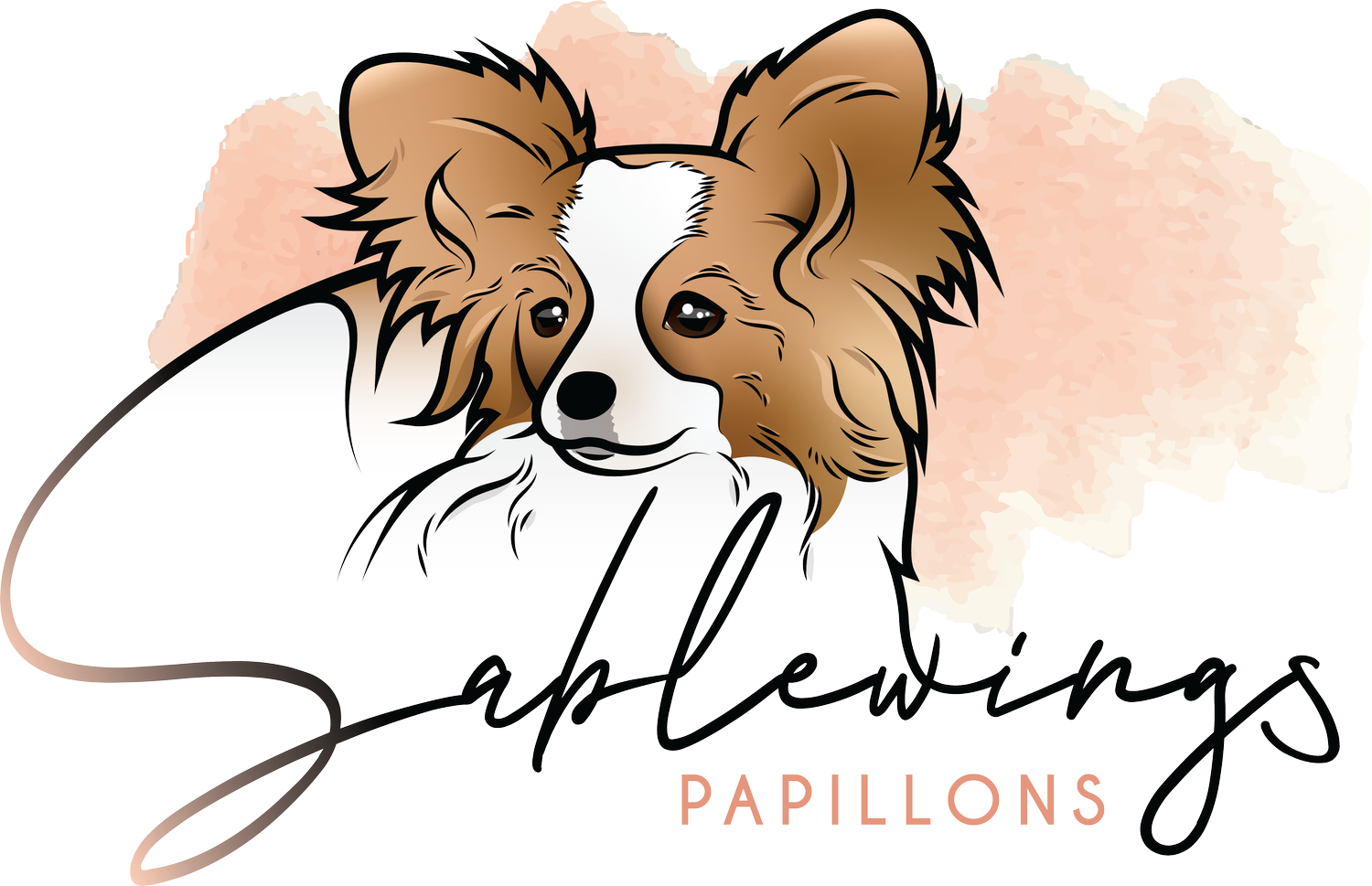REALISTIC EXPECTATIONS
I came across a very well worded post about expectations people should have as their new puppy comes home. Many of my owners have understood that transition takes time, but many others I have had to encourage in the early days not to become stressed. Litter-box training may not be going as they hoped or the puppy is more shy with their friends than they had expected. The puppy I had told them can last through the night in a crate isn’t doing so at their house. Why? What’s going wrong? I always try to offer helpful advice in these situations, but the truth is almost always that the owner isn’t giving the puppy enough time to adjust and get his bearings. I always tell them that once the puppy has been home for 2-3 weeks they will forget they had any of these problems.
With that said, if you’re getting a new puppy from me or anyone else, please go ahead and read this short text by another breeder, Kim Laird Gardner:
Realistic Expectations
You go to the breeders’ home. The puppies are all social. They are quiet in the pen. The breeder shows you videos of them being totally relaxed at a dog show. All looks amazing and you bring your puppy home.
Then reality hits. The puppy may cry in the crate for the first few nights making you tired and agitated. The happy, social puppy is refusing to greet the half dozen overly excited friends you invited over to see your new puppy. The puppy refuses to walk on a leash. Many are wondering how did my perfect puppy turn into a nightmare?
So let’s discuss realistic expectations of when a puppy goes home. First of all the puppy has been in the breeder’s home since birth. They had their mother and often other litter-mates. They had their routine, were taught expectations and were completely in their comfort zone.
Now suddenly they are taken to a totally new environment. Picture yourself being dropped into an unknown country, often in a different part of the world. You know only a few words of their language. There are different trees, animals, smells, temperature and people. Now in the middle of this we switch up your routine, decide to have a party with people you don’t know, and ask you to do jobs you have no idea about. It’s overwhelming to say the least.
This is what every puppy goes through when going to their new home. Stress manifests in different forms. From not eating; reluctance to play and greet people; being apprehensive at the vet’s office or as strangers reach for them; and howling and crying in the crate. Diarrhea, vomiting and depression can occur.
So what can you as a new owner do to help your little one acclimate?
- Most puppies take 3-4 weeks to acclimate to their new home. Repeat after me THREE to FOUR WEEKS! Not 1-2 days. I can’t stress this enough about how much time is needed for a dog or puppy to feel comfortable in their new home!
- Limit guests during the first week. We understand you are excited to show off your new baby but they need time to adjust. Plan on waiting 1-2 weeks before inviting people over.
- Ask your guests to sit on the ground calmly and let the puppy approach them. Do not let guests squeal and grab the puppy. Never force your puppy to go to greet a guest. The more you respect his boundaries now, the better he will be with guests later.
- Set up a good routine.
- Restrict the puppy to a small area of the house. This not only reduces them being overwhelmed but also allows you to watch them.
- Don’t expect a 9-13 week old puppy to walk on a leash. Instead work at home with a leash where they are comfortable. Let them drag the leash around the house; use treats to encourage them to walk with you.
- If your puppy is refusing to walk on a leash give them time. My first trips to town with puppies a walk around a small block took 1 1/2 hours. We only move when they initiate the movement as they need time to take in the different environment
- Understand your puppy needs time to see you as family. Expecting an immediate bond is unrealistic
- Train your puppy. This not only helps you to bond but it encourages the puppy to look to you for direction and input
- Lastly, be patient. Don’t declare “there’s something wrong with this dog”. Nothing occurs overnight. Outings should be planned at puppy speed. So while you might imagine a fun walk around the lake, in reality your puppy might only be able to handle walking to the end of the driveway that day.
Most outings for me take a long time, as I am often just standing still as the puppy cautiously explores the new environment. Patience is key!
Remember, if the puppy was wonderful at the breeder’s house but now is struggling, you as the owner, need to help the puppy adjust. This takes time, patience and training. Have realistic expectations and give the puppy positive experiences.
Each puppy is an individual; don’t compare your current puppy to past pets and judge their behavior based on how another dog handled things. Lastly, try to see thing’s from a puppy’s perspective and adjust situations accordingly.
